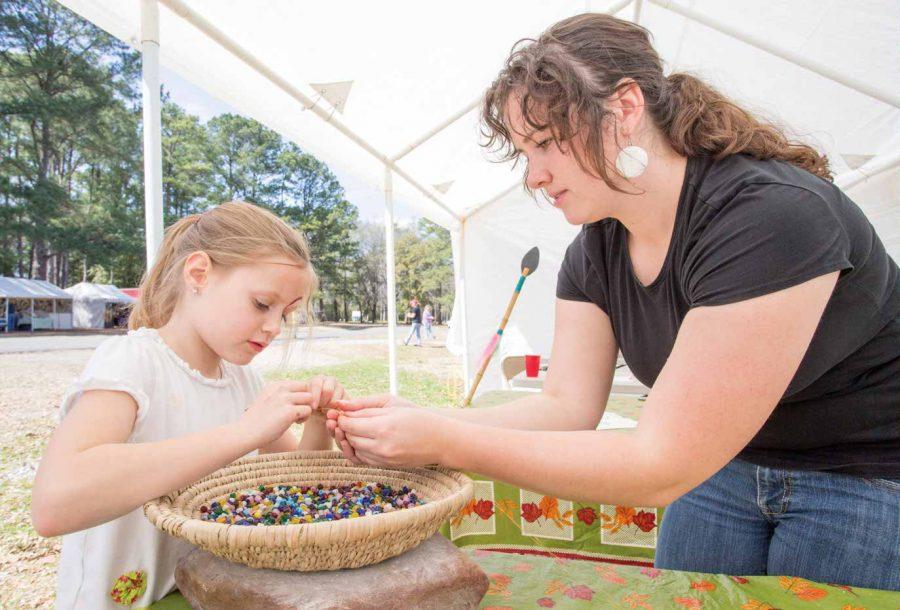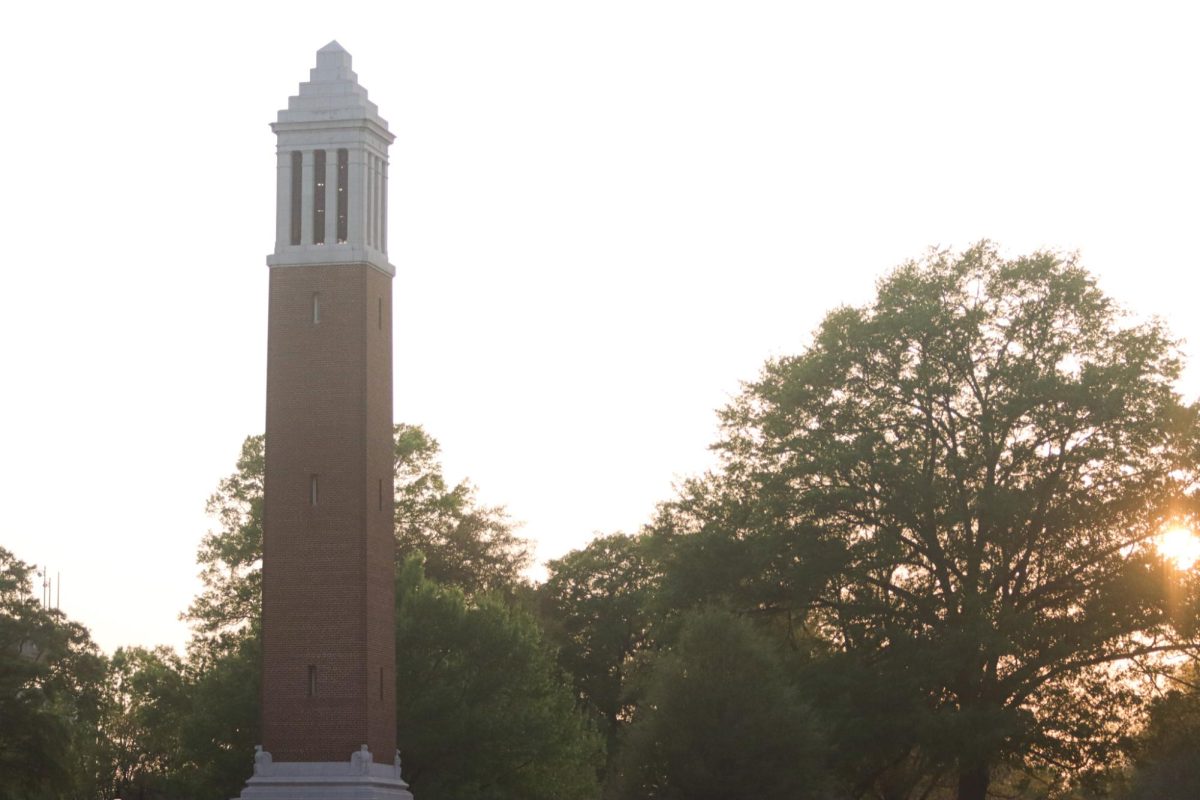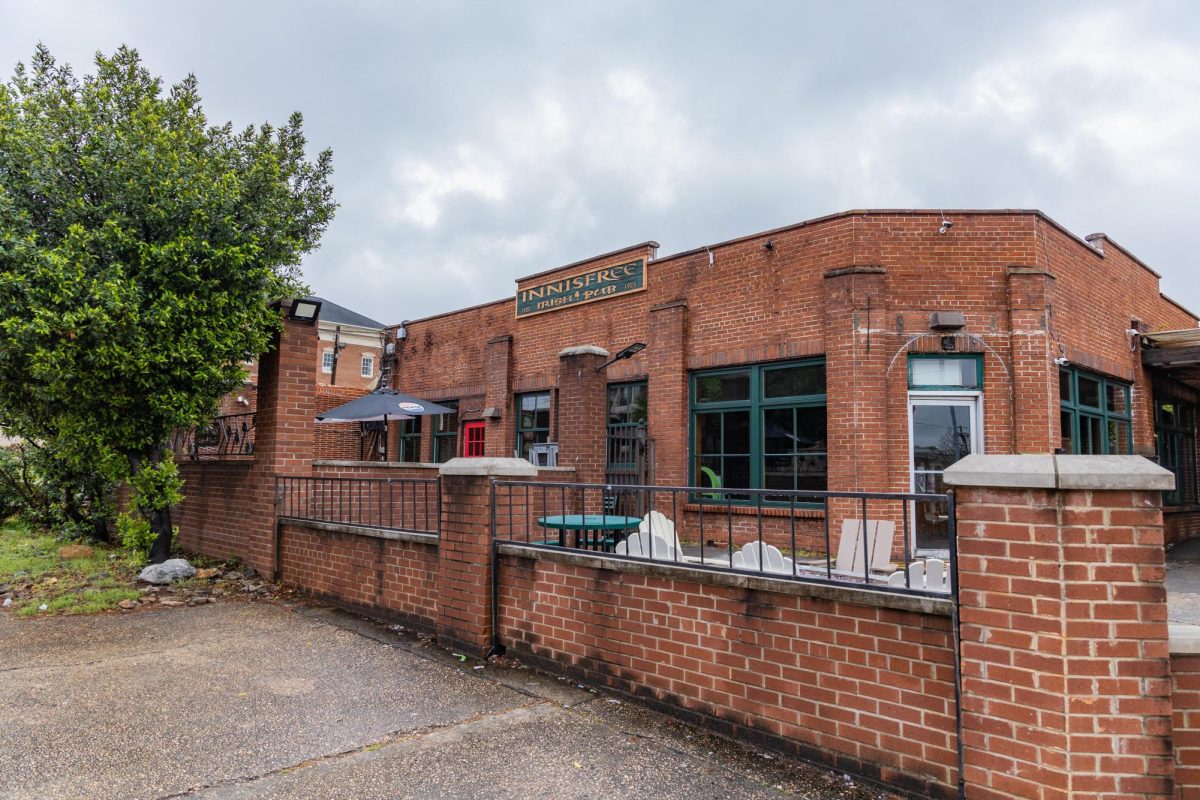The Moundville Archaeological Park and Museum hosted the 14th annual Knap-In in Moundville, Ala., this weekend.
The term “Knap-In” comes from the term “flintknapping,” an ancient art used to make tools, weapons, jewelry and art out of stones, obsidian, chert, shells and flint. This event is designed to teach people about the art and culture of the Native American people while also being fun and interesting.
(See also “Student spends final semester hiking“)
People from across the Southeast came to present their specialty in knapping, many of whom handcrafted the products themselves.
“For the price of general park admission, the knappers demonstrate how ancient stone tools and weapons were made to the public. The opportunity to learn more about this skill in the Tuscaloosa/Hale County area first-hand is rare,” said Jordan Bannister, the AmeriCorps VISTA at Moundville Archaeological Park and Museum. “Moundville Archaeological Park offers visitors a chance to learn more about Native American life ways and really gain some in-depth information not usually provided in classrooms.”
Bannister said the event also benefits professionals in the flintknapping industry.
“It’s a chance to catch up and meet with others in their profession from all over the country,” Bannister said. “They even sell raw flintknapping materials as well as their replica art work and jewelry at this event. We also had a very successful raffle of some items donated by our knappers and a projectile point competition.”
Dan Townsend, one of the Southeast’s premier shell carvers from Tallahassee, Fla., connects traditional stories with his art.
“Most of the jewelry I make comes exclusively from shells,” Townsend said. “I make my designs mostly from conch shells, as did the Native Americans back in their time. I make all my jewelry with modern tools, but I also can make it with primitive tools if I’m asked.”
(See also “First Friday promotes downtown galleries“)
The Moundville Archaeological Park is best known for being the site of a Native American settlement. According to its website, the town was sustained by a tribute of food and labor from the neighboring people, who lived in the Black Warrior Valley and other mound sites.
“It was a gathering place for many tribes,” Townsend said.
Some of the stations at the Knap-In included weapons, pottery, decorations, fishing, an auction and a place to practice archery.
Many of the weapons at the event were built out of wood, deer antlers, stone and jawbones.
The event lasted the majority of the day, and many people visited to buy assortments of weapons, collectibles and jewelry.
(See also “Local soup bowl fosters community atmosphere“)









